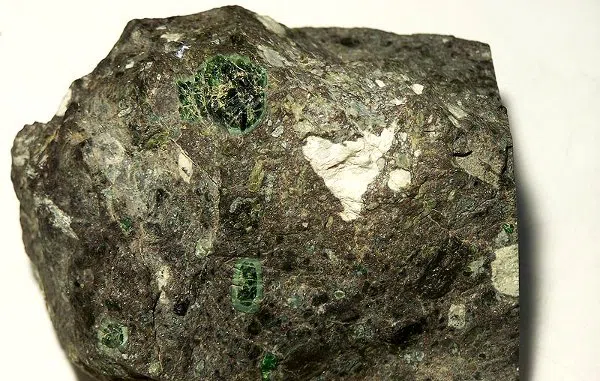
Diamond explorer and First Nation encouraged by find
Just north of Deschambeault Lake in northern Saskatchewan, a growing Canadian diamond company has made a significant discovery – one that is encouraging it to continue moving forward with its mining project. It’s a discovery that’s also encouraging for the surrounding First Nation community.
On Tuesday, North Arrow Minerals announced that it discovered a high amount of microdiamonds in kimberlite rock samples taken at its Pikoo project. Kimberlite is a kind of rock known for being a common host rock for diamonds.
North Arrow President and CEO Ken Armstrong said Tuesday’s announcement was a follow-up to an announcement the company made earlier this year when the company discovered the kimberlite. “It confirms that at least one of the kimberlites that we found in the drilling program that we completed in July contains diamonds, and the diamond counts are significant for a project of this very early stage.”
The find is also encouraging for the surrounding community, the Peter Ballantyne Cree Nation. The diamond find has the potential to bring more jobs and added prosperity to the people who live around Deschambeault Lake.


